- Filter By:
-
-
Stock photos and images of username:kuremo
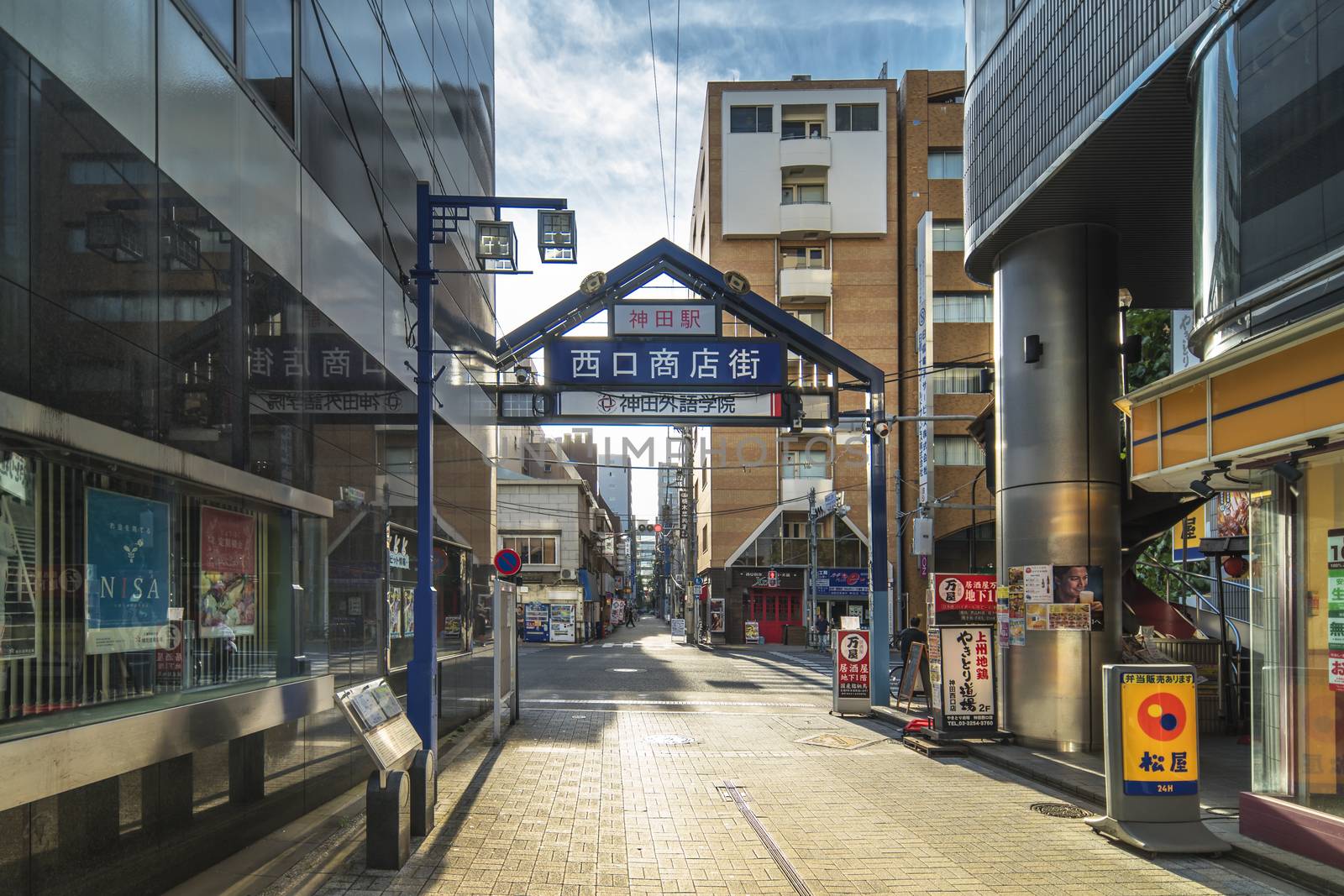
Blue metal entrance gate of the shopping street
Stock PhotoUsername
kuremoResolution
7451x4970pxBlue metal entrance gate of the shopping street


Red rice paper lantern with japanese kanji sake
Stock PhotoUsername
kuremoResolution
7952x5304pxRed rice paper lantern with japanese kanji sake
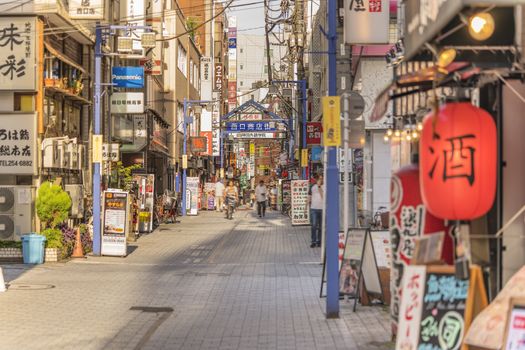
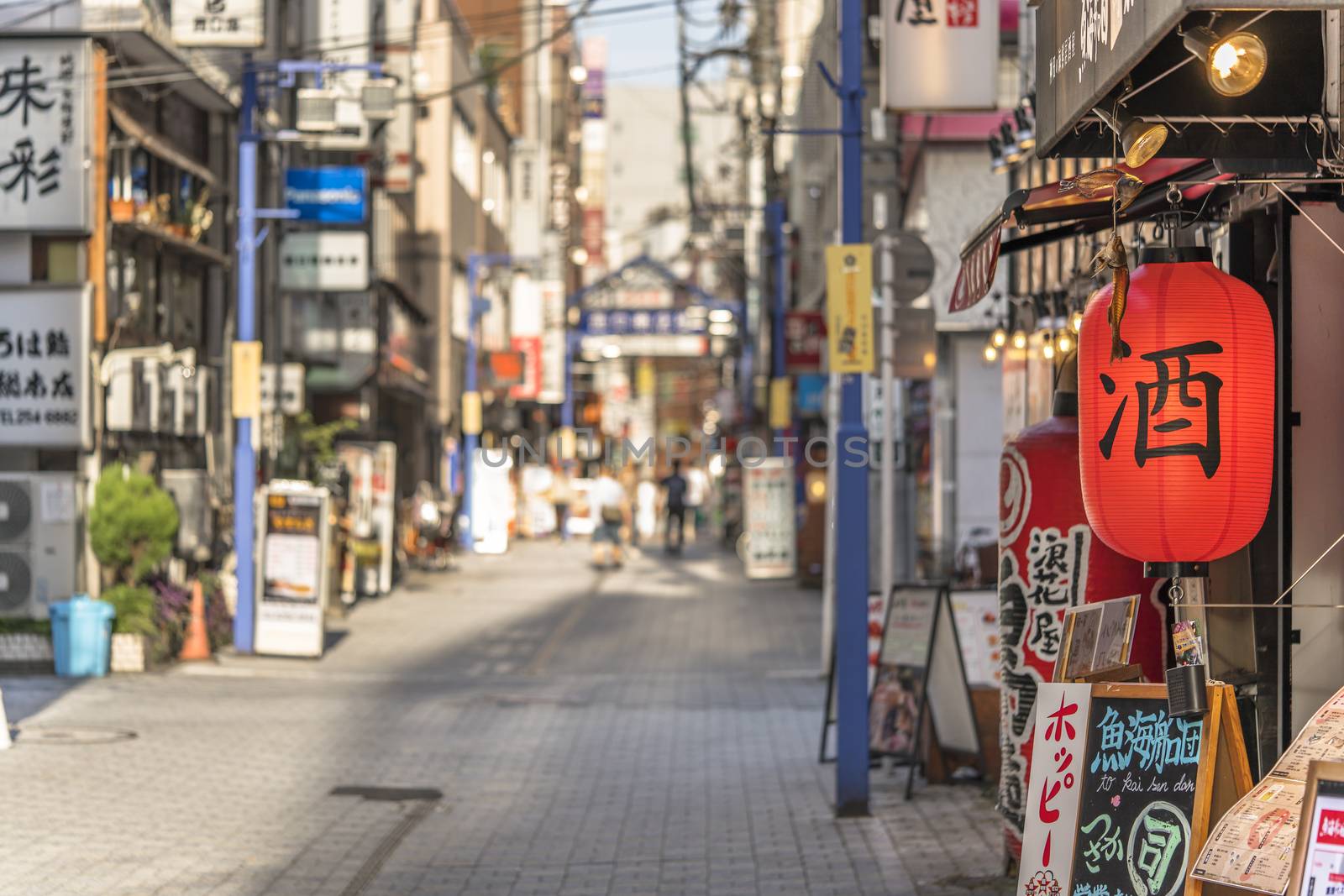
Red rice paper lantern with japanese kanji sake
Stock PhotoUsername
kuremoResolution
7952x5304pxRed rice paper lantern with japanese kanji sake

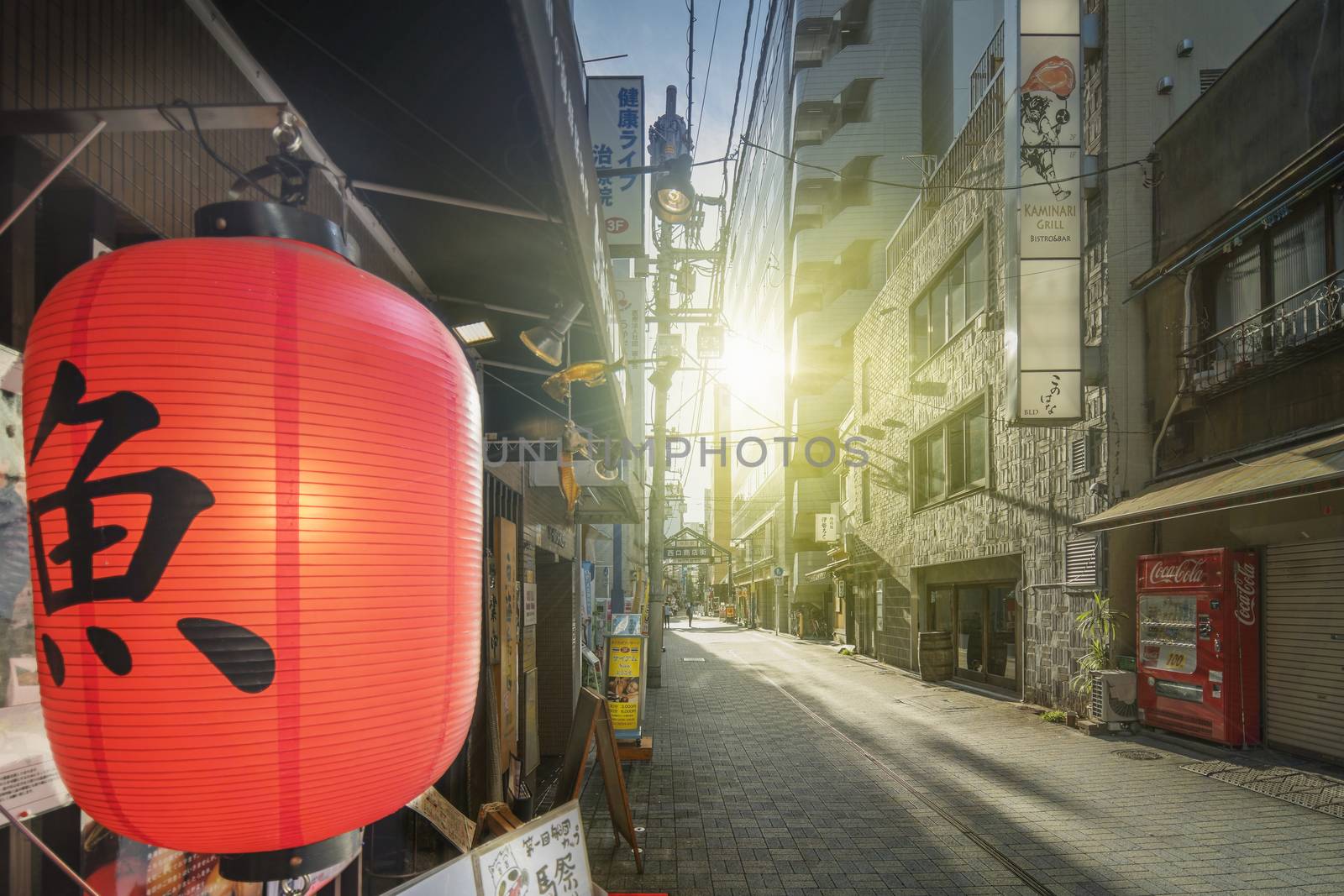
Red rice paper lantern with japanese kanji sakana
Stock PhotoUsername
kuremoResolution
4730x3155pxRed rice paper lantern with japanese kanji sakana

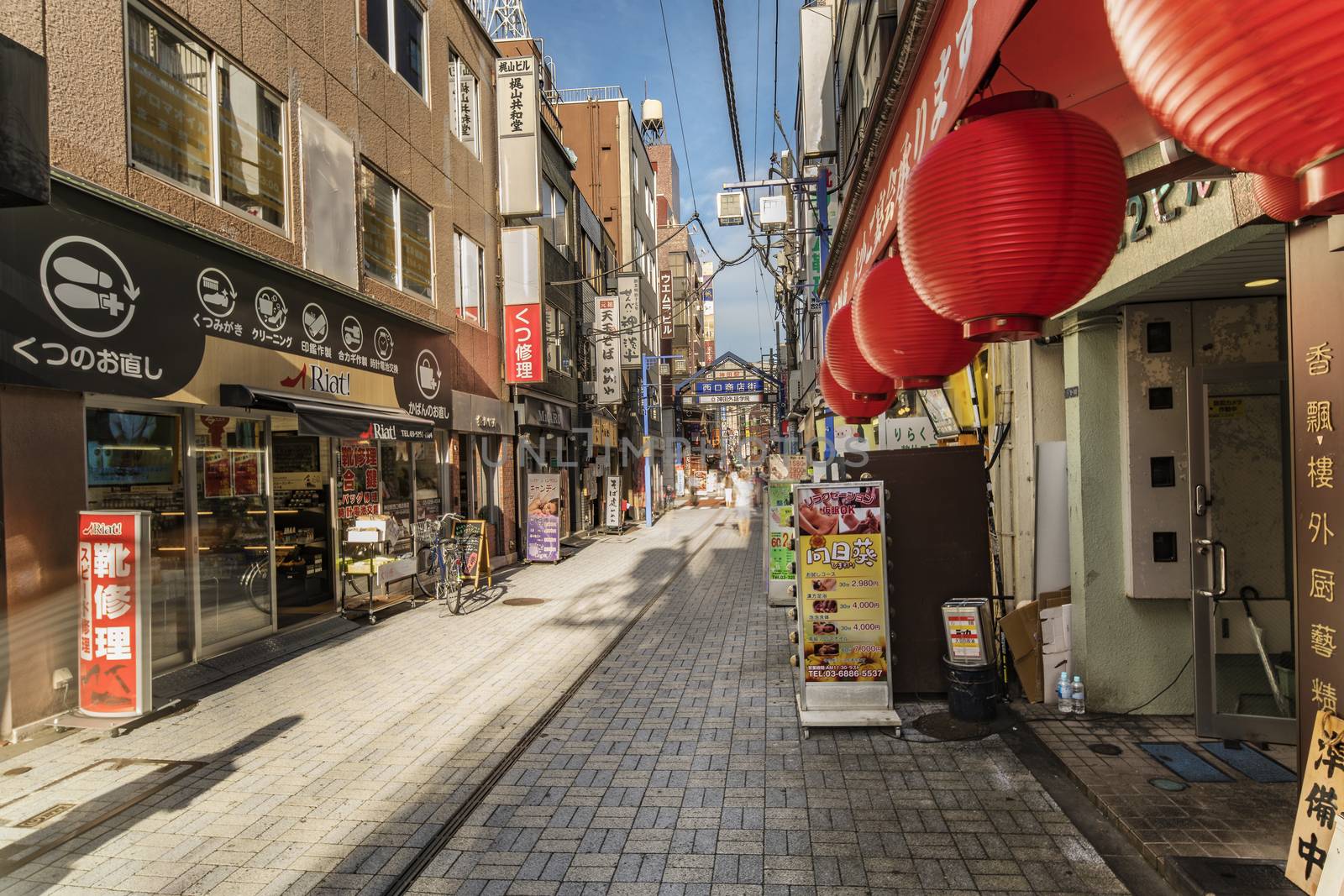
Red paper lanterns of restaurant in the shopping street
Stock PhotoUsername
kuremoResolution
3722x2483pxRed paper lanterns of restaurant in the shopping street


Blue metal entrance gate of the shopping street
Stock PhotoUsername
kuremoResolution
7952x5304pxBlue metal entrance gate of the shopping street
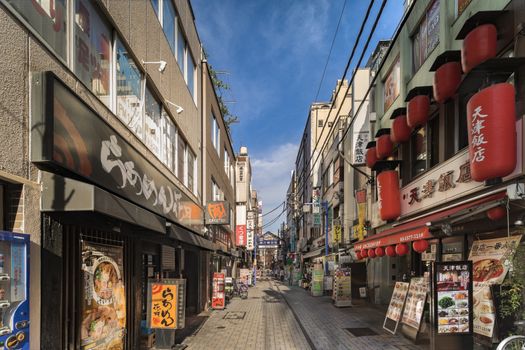

Blue metal entrance gate of the shopping street
Stock PhotoUsername
kuremoResolution
7952x5304pxBlue metal entrance gate of the shopping street
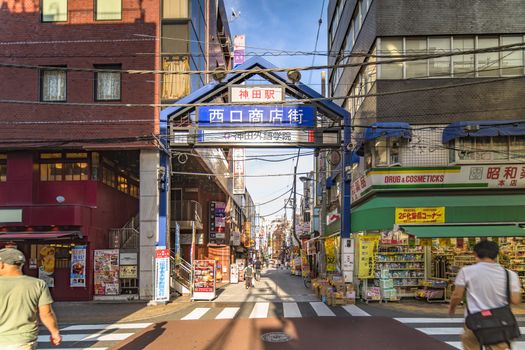

Blue metal entrance gate of the shopping street
Stock PhotoUsername
kuremoResolution
5304x7952pxBlue metal entrance gate of the shopping street
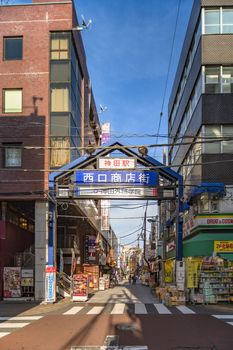
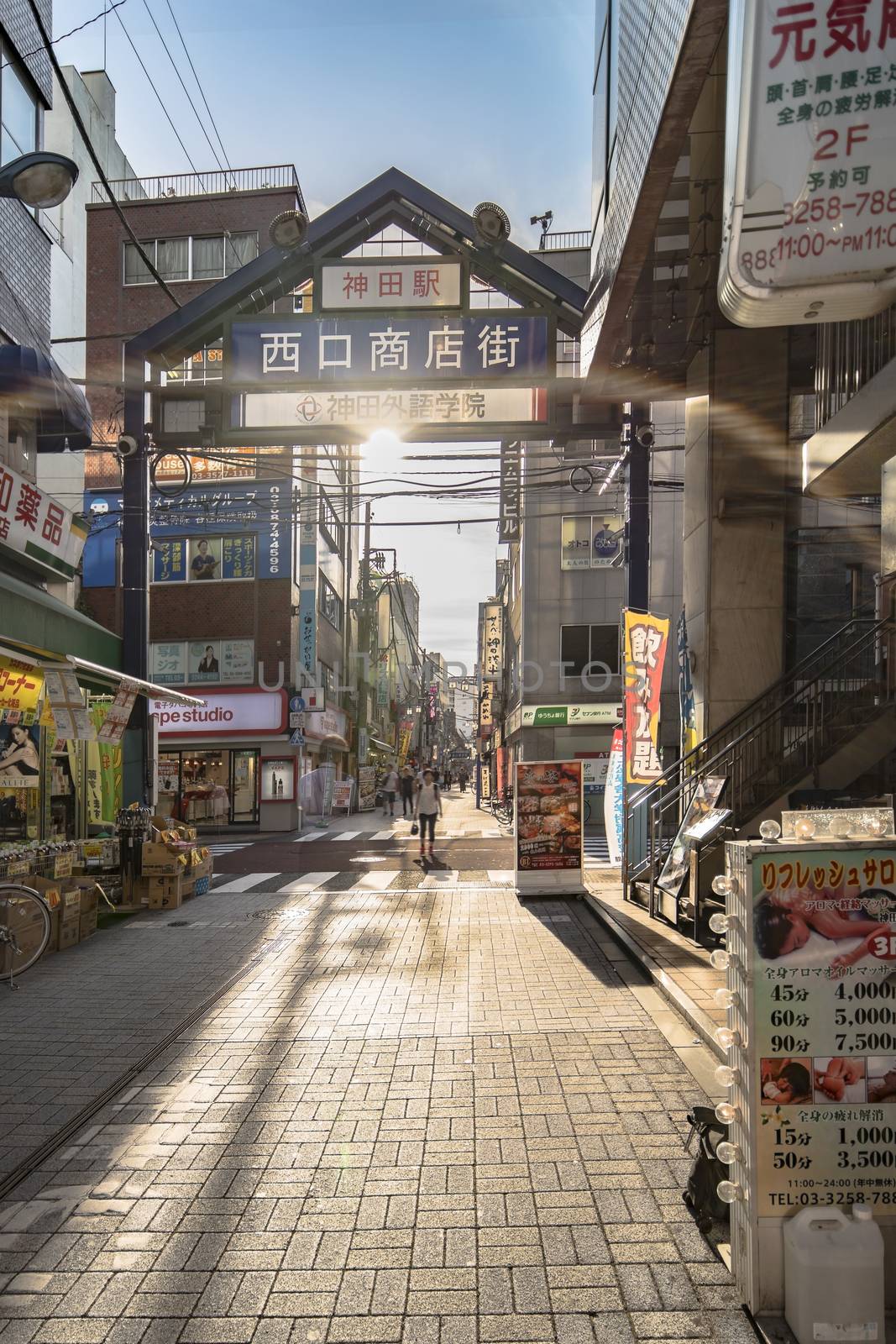
Blue metal entrance gate of the shopping street
Stock PhotoUsername
kuremoResolution
4750x7122pxBlue metal entrance gate of the shopping street


Tiny Shinto Satake Inari Jinja Shrine in the shopping street
Stock PhotoUsername
kuremoResolution
7952x5304pxTiny Shinto Satake Inari Jinja Shrine in the shopping street
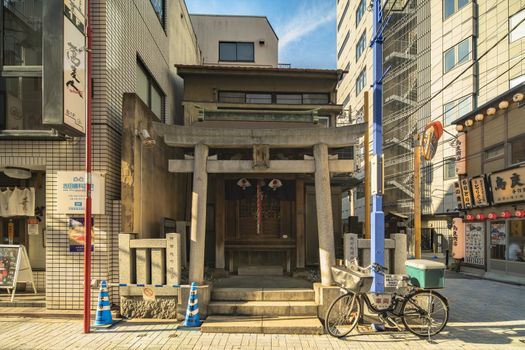

Tiny Shinto Satake Inari Jinja Shrine with a stone gate torii
Stock PhotoUsername
kuremoResolution
7952x5304pxTiny Shinto Satake Inari Jinja Shrine with a stone gate torii
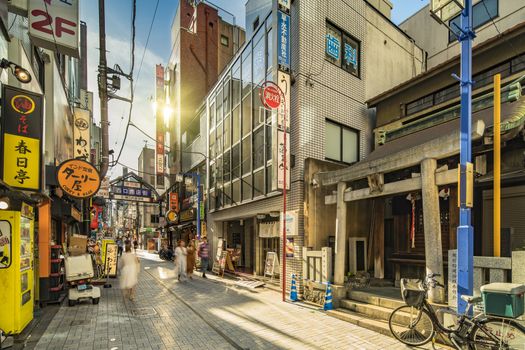
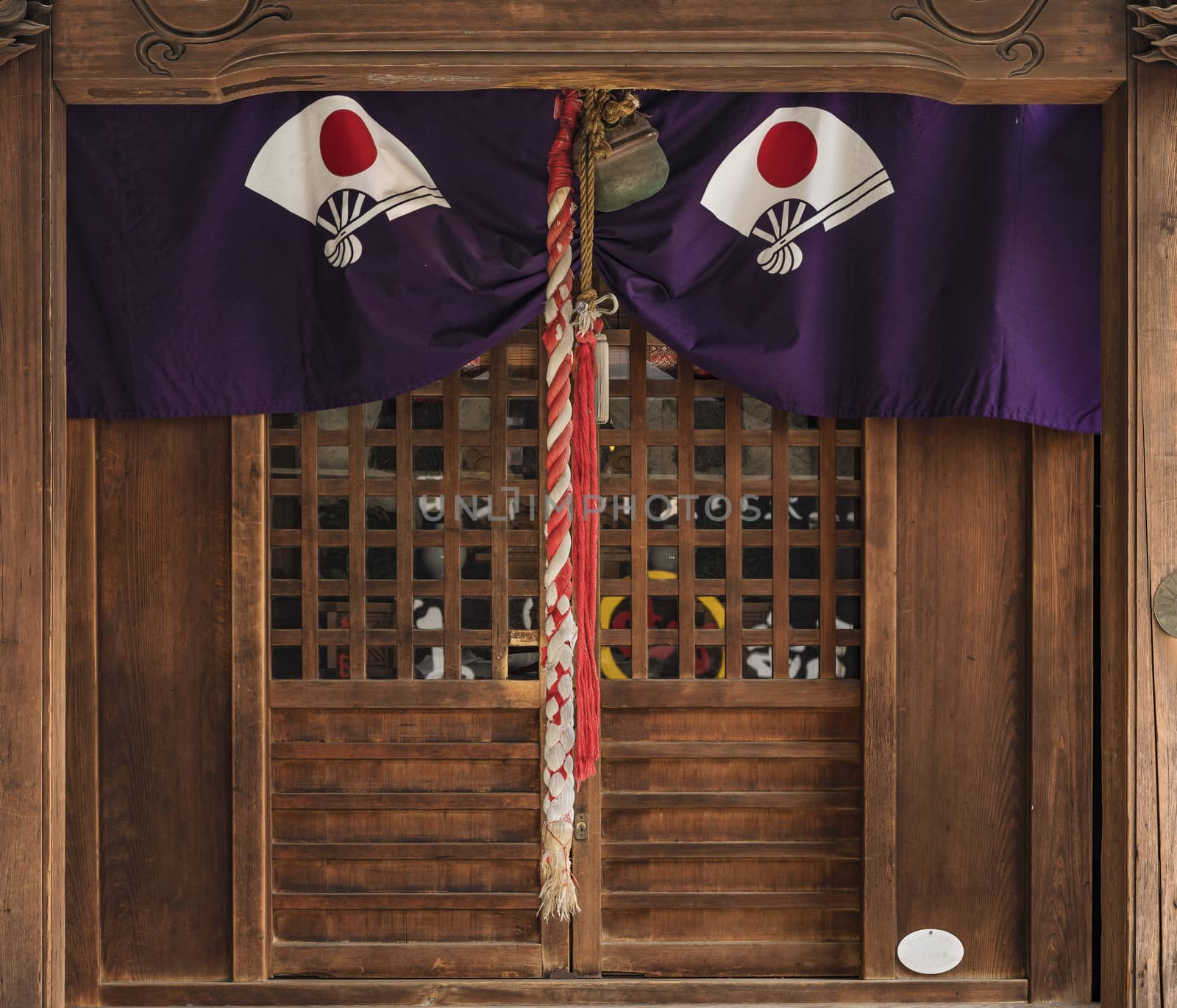
Tiny Shinto Satake Inari Jinja Shrine in the shopping street
Stock PhotoUsername
kuremoResolution
7442x6370pxTiny Shinto Satake Inari Jinja Shrine in the shopping street

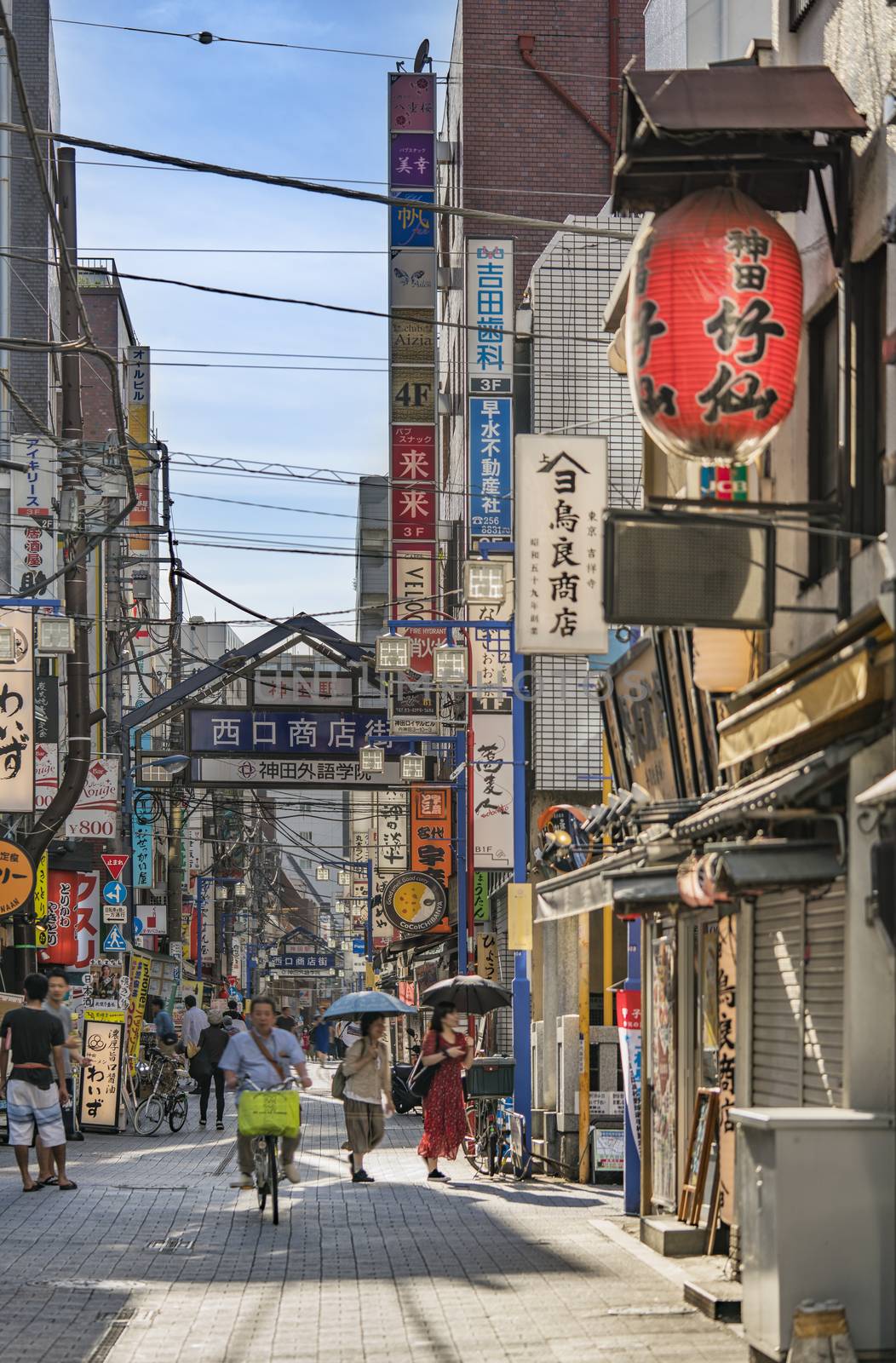
Blue metal gate of the shopping street from the west exit
Stock PhotoUsername
kuremoResolution
5107x7770pxBlue metal gate of the shopping street from the west exit


Blue metal entrance gate of the shopping street
Stock PhotoUsername
kuremoResolution
7952x5304pxBlue metal entrance gate of the shopping street
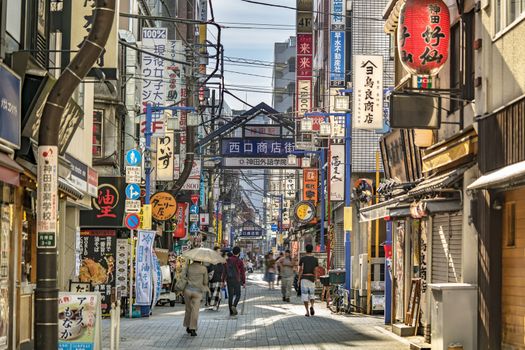
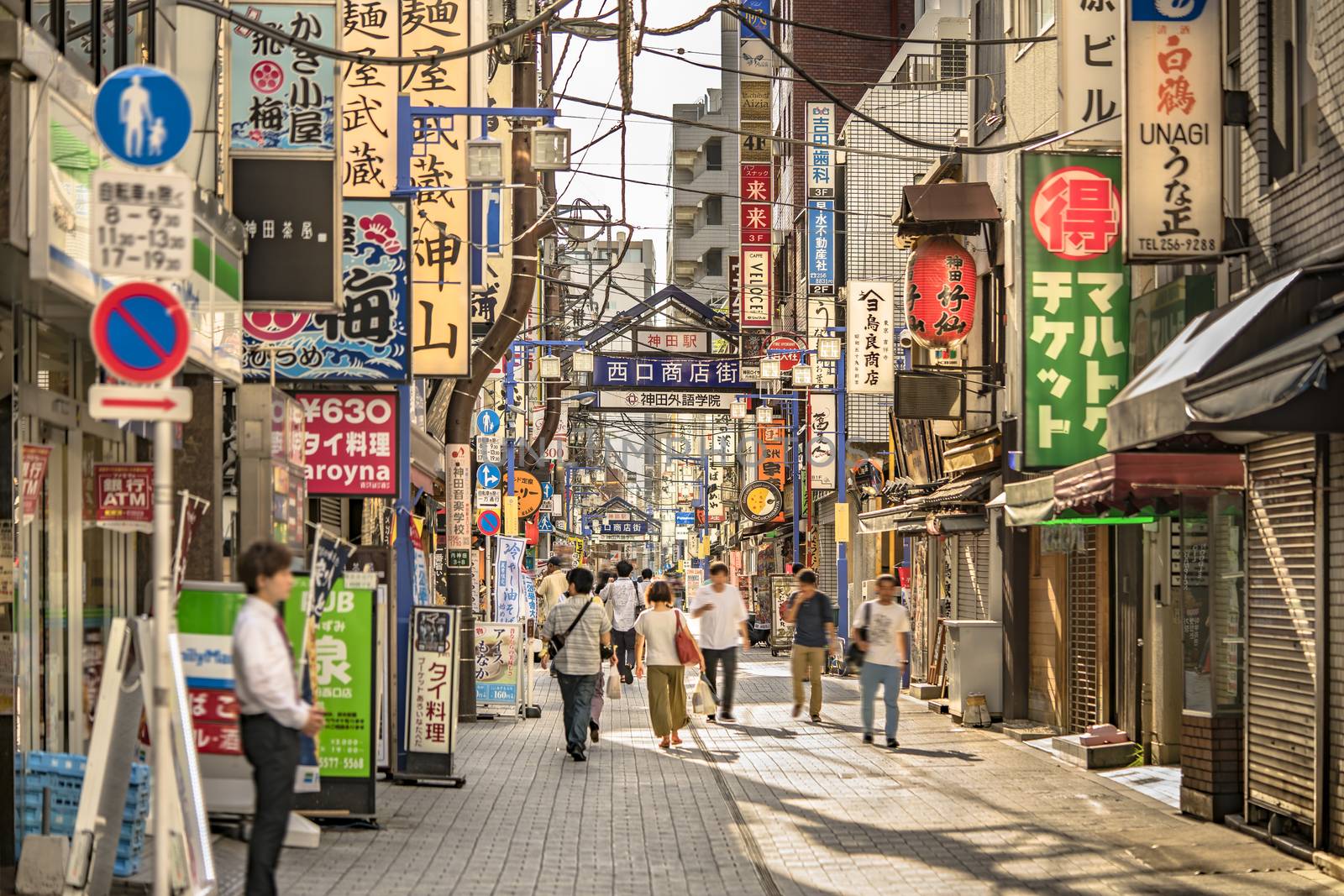
Blue metal entrance gate of the shopping street
Stock PhotoUsername
kuremoResolution
7952x5304pxBlue metal entrance gate of the shopping street

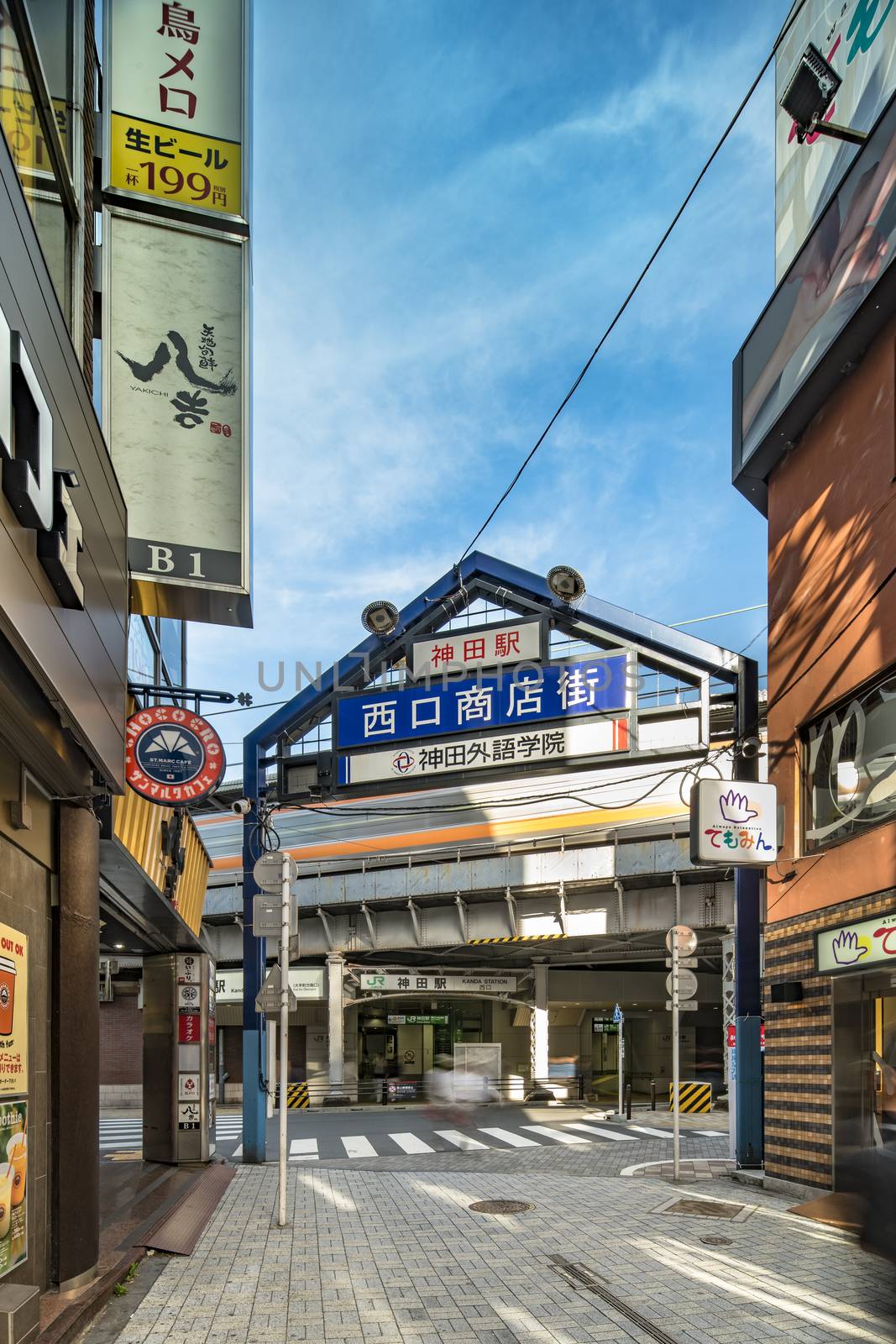
Blue metal entrance gate of the shopping street
Stock PhotoUsername
kuremoResolution
5304x7952pxBlue metal entrance gate of the shopping street


Blue metal entrance gate of the shopping street
Stock PhotoUsername
kuremoResolution
7952x5304pxBlue metal entrance gate of the shopping street
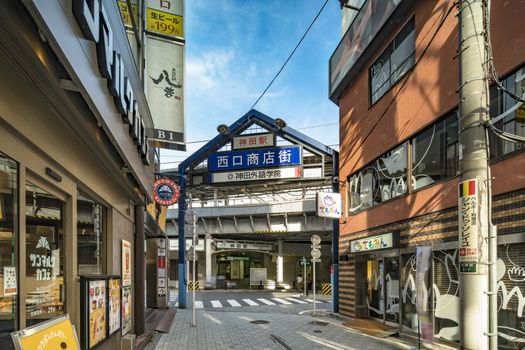

Blue metal entrance gate of the shopping street
Stock PhotoUsername
kuremoResolution
7952x5304pxBlue metal entrance gate of the shopping street


Blue metal entrance gate of the shopping street
Stock PhotoUsername
kuremoResolution
4975x7420pxBlue metal entrance gate of the shopping street
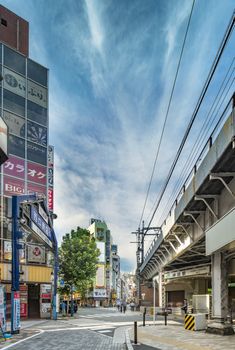

Blue metal entrance gate of the shopping street
Stock PhotoUsername
kuremoResolution
5304x7952pxBlue metal entrance gate of the shopping street


Blue metal entrance gate of the shopping street
Stock PhotoUsername
kuremoResolution
7952x5304pxBlue metal entrance gate of the shopping street


Rear view of a red Japanese fire trucks with their lit traffic
Stock PhotoUsername
kuremoResolution
7926x5287pxRear view of a red Japanese fire trucks with their lit traffic


Rear view of a red Japanese fire truck with its silver head
Stock PhotoUsername
kuremoResolution
7952x5304pxRear view of a red Japanese fire truck with its silver head


View of a red Japanese fire truck door with ideograms
Stock PhotoUsername
kuremoResolution
7952x5304pxView of a red Japanese fire truck door with ideograms
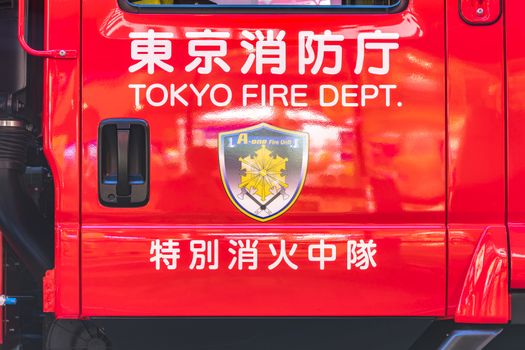

View of the control station of the water pressure valves
Stock PhotoUsername
kuremoResolution
7952x5304pxView of the control station of the water pressure valves


Rear view of a red Japanese fire truck equipped
Stock PhotoUsername
kuremoResolution
5304x7952pxRear view of a red Japanese fire truck equipped


View of a red Japanese fire truck door handle with ideograms
Stock PhotoUsername
kuremoResolution
7952x5304pxView of a red Japanese fire truck door handle with ideograms


View of the control station of the water pressure valves
Stock PhotoUsername
kuremoResolution
7952x5304pxView of the control station of the water pressure valves


Rear view of a red Japanese fire truck with its lit traffic lights
Stock PhotoUsername
kuremoResolution
7952x5304pxRear view of a red Japanese fire truck with its lit traffic lights
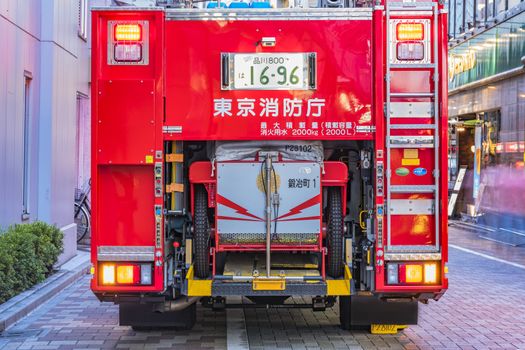

Underpass with metal pillar and blue entrance gate
Stock PhotoUsername
kuremoResolution
7947x6207pxUnderpass with metal pillar and blue entrance gate


Night panoramic view of Marunouchi side of Tokyo railway station
Stock PhotoUsername
kuremoResolution
5566x3713pxNight panoramic view of Marunouchi side of Tokyo railway station


Night panoramic view of Marunouchi side of Tokyo railway station
Stock PhotoUsername
kuremoResolution
5566x3713pxNight panoramic view of Marunouchi side of Tokyo railway station


Night view of the Shin Marunouchi Building at Marunouchi side
Stock PhotoUsername
kuremoResolution
5304x7952pxNight view of the Shin Marunouchi Building at Marunouchi side


Night view of KITTE commercial facility building
Stock PhotoUsername
kuremoResolution
5182x7769pxNight view of KITTE commercial facility building


Panoramic night view of Marunouchi side of Tokyo railway station
Stock PhotoUsername
kuremoResolution
5166x3691pxPanoramic night view of Marunouchi side of Tokyo railway station


Night view of Marunouchi side of Tokyo railway station
Stock PhotoUsername
kuremoResolution
5534x3691pxNight view of Marunouchi side of Tokyo railway station


Night view on Marunouchi side of Tokyo railway station
Stock PhotoUsername
kuremoResolution
7896x5266pxNight view on Marunouchi side of Tokyo railway station
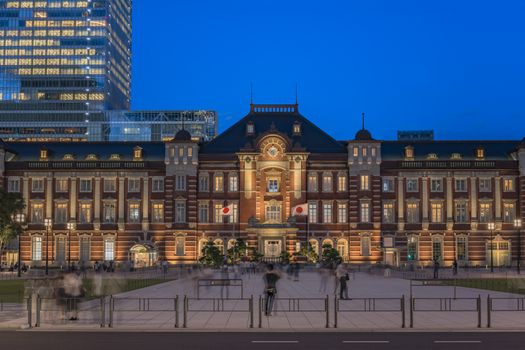

Marunouchi side of Tokyo railway station in the Chiyoda City
Stock PhotoUsername
kuremoResolution
7811x5581pxMarunouchi side of Tokyo railway station in the Chiyoda City


Marunouchi side of Tokyo railway station in the Chiyoda City
Stock PhotoUsername
kuremoResolution
7807x5157pxMarunouchi side of Tokyo railway station in the Chiyoda City
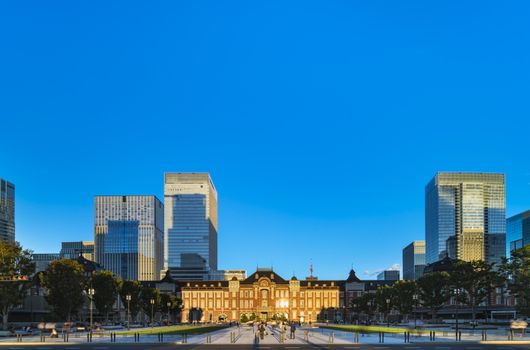

Marunouchi side of Tokyo railway station in the Chiyoda City
Stock PhotoUsername
kuremoResolution
5139x3428pxMarunouchi side of Tokyo railway station in the Chiyoda City


The Shin Marunouchi Building at Marunouchi side of Tokyo railway
Stock PhotoUsername
kuremoResolution
5304x7952pxThe Shin Marunouchi Building at Marunouchi side of Tokyo railway
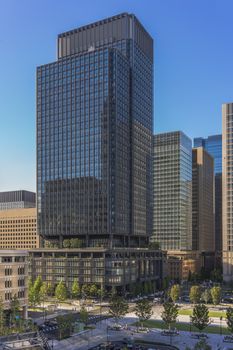

Wrought iron gate with floral motifs at Marunouchi side of Tokyo
Stock PhotoUsername
kuremoResolution
4771x3182pxWrought iron gate with floral motifs at Marunouchi side of Tokyo


Marunouchi side of Tokyo railway station in the Chiyoda City
Stock PhotoUsername
kuremoResolution
3713x5556pxMarunouchi side of Tokyo railway station in the Chiyoda City
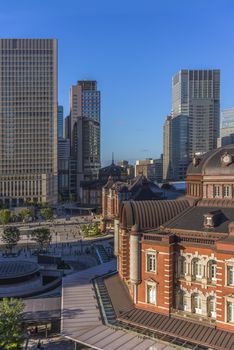

Marunouchi side of Tokyo railway station in the Chiyoda City
Stock PhotoUsername
kuremoResolution
3499x5265pxMarunouchi side of Tokyo railway station in the Chiyoda City


High speed Shinkansen N700 train arriving in the Tokyo railway
Stock PhotoUsername
kuremoResolution
4916x3280pxHigh speed Shinkansen N700 train arriving in the Tokyo railway


Marunouchi side of Tokyo railway station in the Chiyoda City
Stock PhotoUsername
kuremoResolution
3713x5566pxMarunouchi side of Tokyo railway station in the Chiyoda City


New Yamanote Line train and high speed Shinkansen N700 train
Stock PhotoUsername
kuremoResolution
5623x7974pxNew Yamanote Line train and high speed Shinkansen N700 train


High speed Japanese Shinkansen E7 and N777 trains
Stock PhotoUsername
kuremoResolution
5807x3206pxHigh speed Japanese Shinkansen E7 and N777 trains


Marunouchi side of Tokyo railway station in the Chiyoda City
Stock PhotoUsername
kuremoResolution
6362x4243pxMarunouchi side of Tokyo railway station in the Chiyoda City

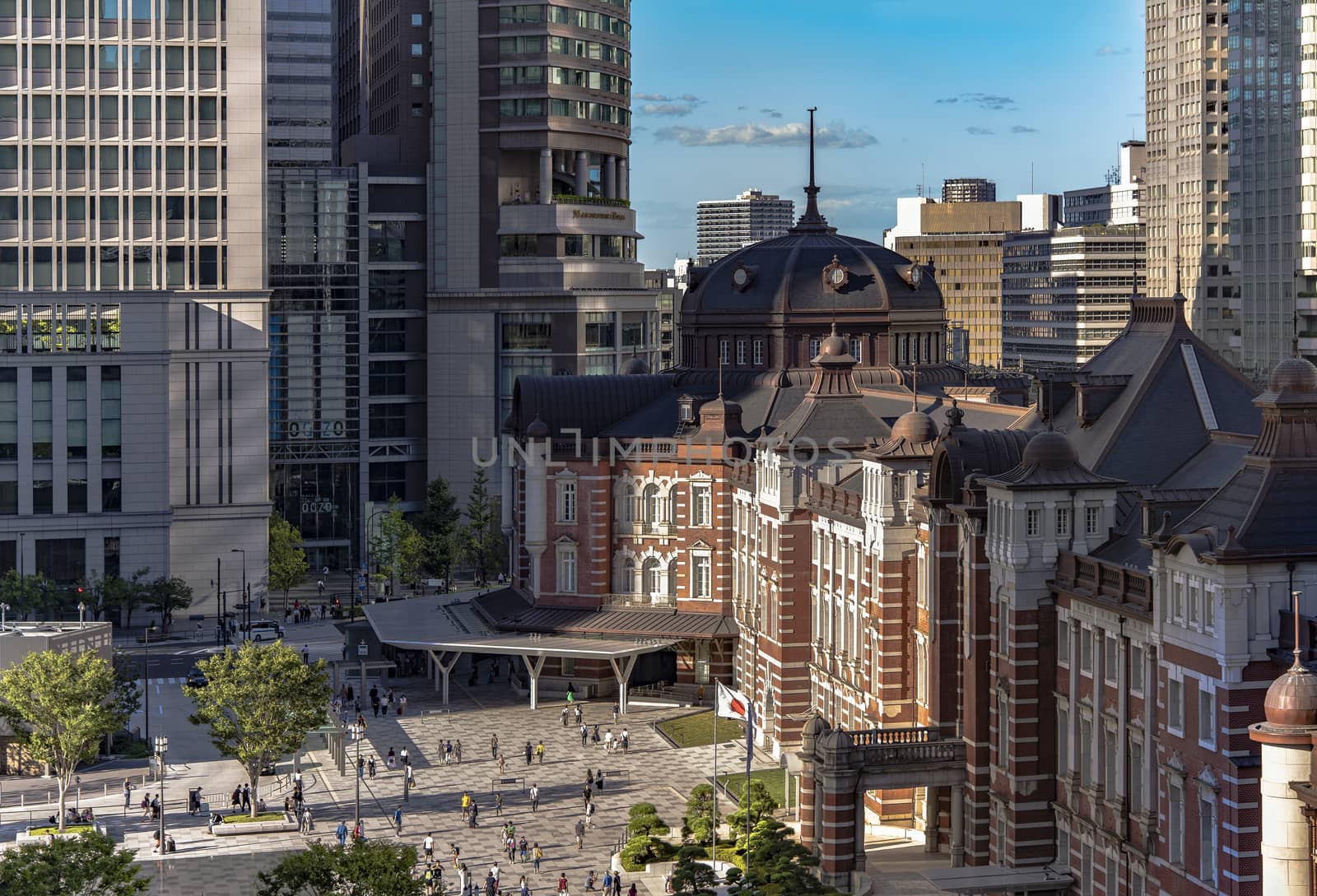
Marunouchi side of Tokyo railway station in the Chiyoda City
Stock PhotoUsername
kuremoResolution
5028x3422pxMarunouchi side of Tokyo railway station in the Chiyoda City

